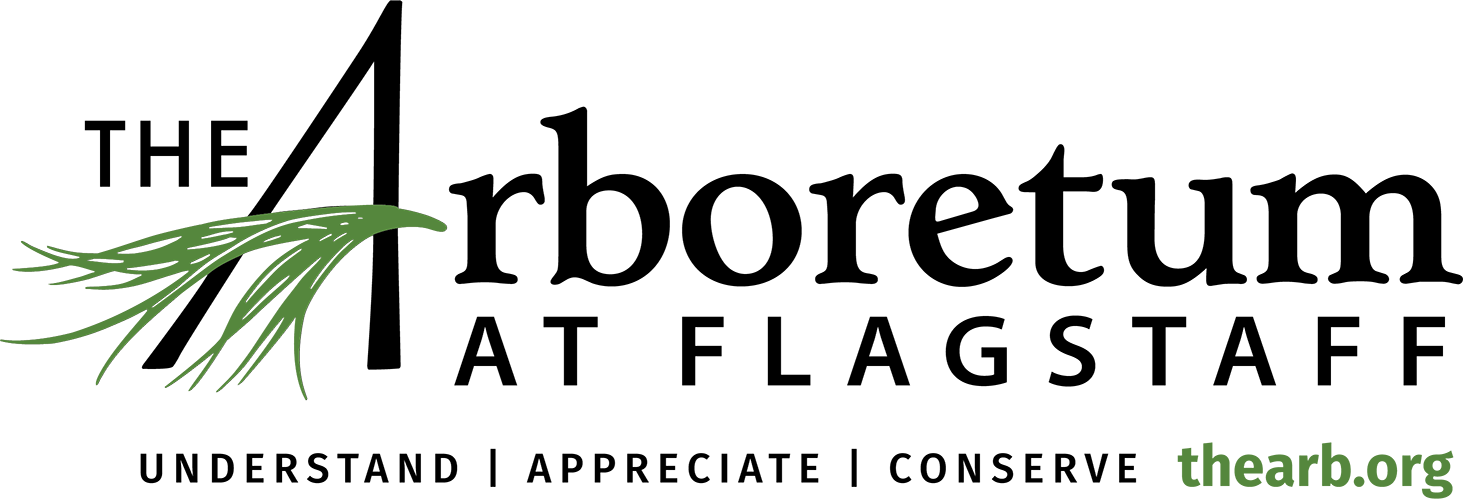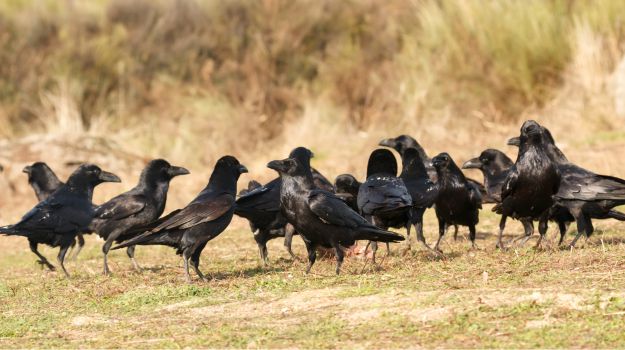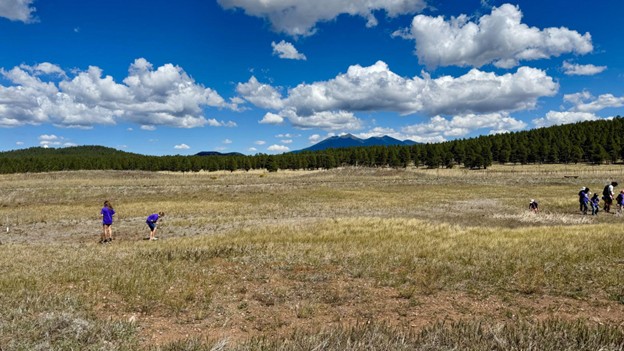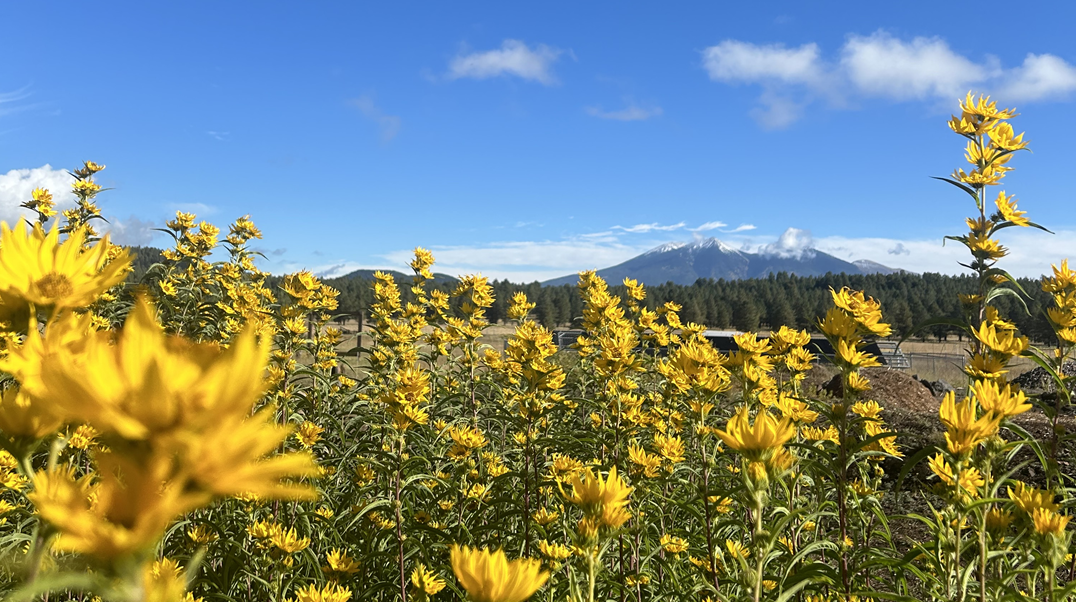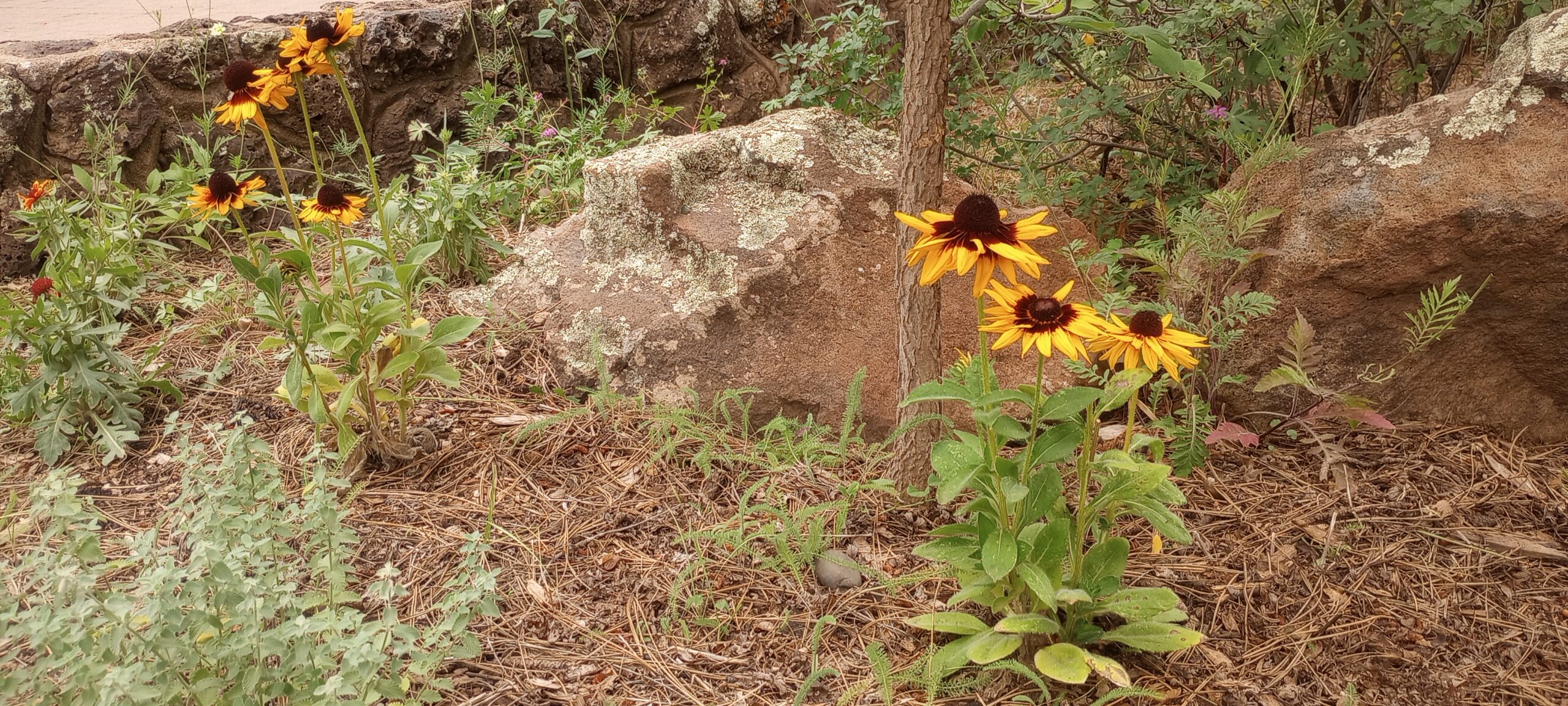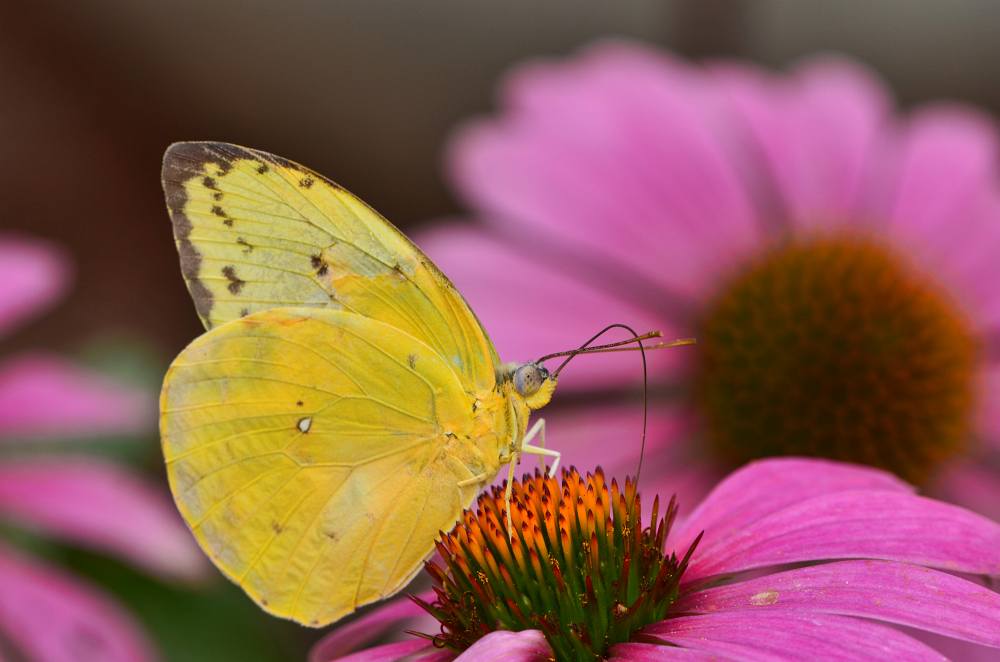Ravens and Crows, members of the Corvus genus and Corvidae family, have long-been a source of conflict in our ever expanding human-centric world.
After all, who enjoys setting their garbage bins on the curb only to come back out hours later and find bags torn open with litter strewn about the street? Or the disruptive cackling and cawing on a once-quiet summer evening? Becoming a menace on your garden vegetables? These are all valid reasons not to trust these clever birds, but there is also a lot that is misunderstood about these highly intelligent creatures. They might not be so bad after all and there may be some ways we can change our understanding and behaviors towards them in order to foster a more respectful relationship.
Until somewhat recently, the intelligence of these birds has often been overlooked. Crows and ravens have some of the most complex minds of the animal kingdom, next to primates. In fact, their relative brain size is similar to that of a chimpanzee, who are known to share about 98% of their DNA with humans! Being scavenging animals, you would generally expect them to feast on whatever they can find – which is partly true. But under the right circumstances and with enough motivation, these birds have shown us that they are more than willing to put in some work to get a really tasty treat!
In one experiment, ravens were trained to take a token and exchange it for a food reward. They were then given several options of items, snacks, and the token to choose from. Seventy-three percent of the time, the birds would take the token in the hopes of getting a better snack than the food option provided in front of them – proving that these birds can have self-discipline, the ability to plan for the future, and an impressive memory. Other studies have also shown crows using critical thinking skills to solve problems to obtain food using methods such as water displacement, and even constructing tools out of leaves and bark and then using them to scrape bugs out of rotting logs. Crows have also been observed dropping nuts on streets, waiting for cars to drive over them, and then going to collect their goodies.
Along with these problem-solving skills, corvids are well-known for their communication skills within their family structures, as well as the remarkable ability of passing information down to future generations! After realizing that crows started recognizing the specific researchers who had netted and banded them, a professor at the University of Washington began an experiment to test just how far that recognition went. Researchers began wearing rubber masks during their netting and banding and soon realized that the crows were mobbing anyone that wore the rubber mask in the future, even outside of banding exercises.
A lot of animals can recognize faces (i.e. your dogs and cats recognize you versus a stranger they haven’t met before), but what makes corvids stand out is the length of their memories and their ability to pass that information along to other members of their group, as well as future generations!
Researchers in this project were noticing that other crows in the area, and even crows born years later, had learned this negative association with the rubber masks. Despite not personally having had any negative experiences with the researchers themselves, they would still attack anyone wearing the mask.
So if you’ve ever been the victim of a dive-bombing, you may want to think back on every experience you’ve ever had with a corvid!

As is evident by the above paragraphs, crows and ravens take their relationships very seriously. You’ll often find these birds hanging out in rather large family groups because of their highly social nature. They will only bond one mate and stay together for the duration of their lives, only sometimes bonding another in the event their first mate passes away. Mated pairs can often be seen performing synchronized aerial acrobatics together, becoming more complex and perfected the longer they are together. Their offspring will also usually stay with the family to help raise new nestlings, something called “cooperative breeding”, or they have the option of leaving the family group altogether and finding a new community to join. (Fun fact: a group of crows is called a “murder of crows” and a group of ravens is called an “unkindness of ravens”!)
While these birds can be quite the “troublemakers” in our eyes, it’s also a sign of great intelligence, personality, and complex social structure. Not so different from human behavior, in fact. Whether we are dealing with another species or our own, a little bit of understanding and reflection can go a long way in finding out how to properly communicate and coexist. Trash cans can easily become corvid-proof by placing something heavy on top or installing a latch. You might spend a few extra seconds each time you open the lid, but it’ll be quicker than the time it takes to pick up the mess you would have otherwise. Gardens can be protected using fencing (also a great way to keep out other wildlife, especially in the Flagstaff area), reflective ribbon, and decoy predators. Decoy predators could be fake owls, birds of prey, scarecrows, or scare eye balloons. Because these birds are so intelligent, it may be a good idea to rotate these options so that they don’t get used to any one deterrent and find out it’s not so scary after all!
Artists often use the image of a crow or raven to symbolize sorrow and darkness, but by watching their behavior, we may come to find that they may very well be the most optimistic of the animal kingdom. We’ve already learned that they prioritize community and relationships built on trust and support. They are opportunistic scavengers, but that doesn’t mean that they don’t enjoy the challenge of solving a new puzzle to find food or shiny hidden treasures. They have been seen engaging in what appears to be forms of play with each other as well as other species. And they also seem to enjoy flight in all weather conditions! If you haven’t already, consider taking up bird watching, with an emphasis on corvids. You’ll be amazed at their behaviors and interactions. Plus, it’s a great way to connect with nature and learn a thing or two. Living cooperatively with corvids can allow us to gain a little bit of insight and understanding on the importance of enjoying the little things in life.
Sylvia Coppers is The Arboretum’s Naturalist & Visitor Services Manager.
